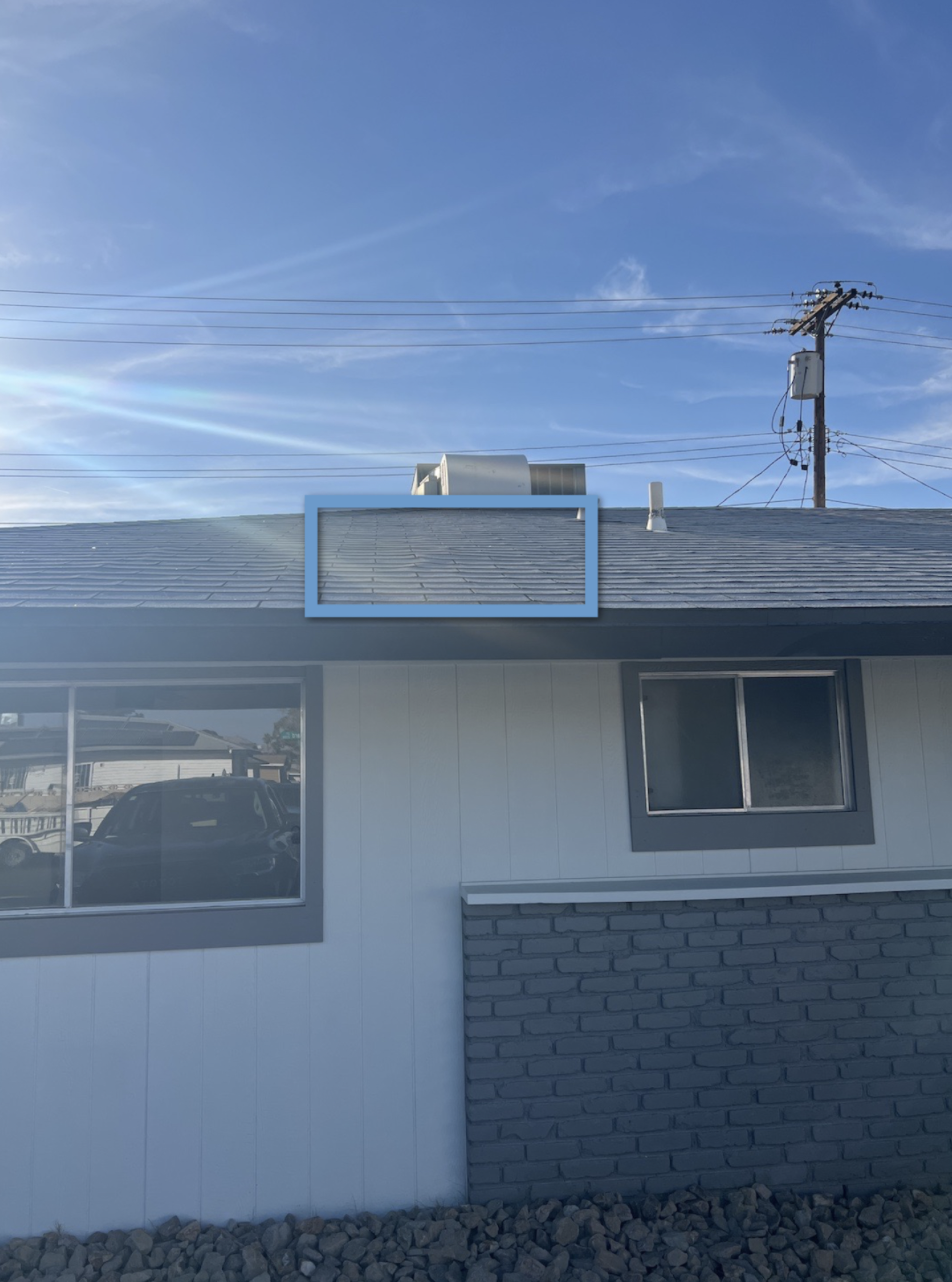Understanding Warped Roofing: Causes and Implications
If you’ve noticed that your roof is warped, it’s crucial to address this issue promptly. Warped roofing can lead to significant problems if left unchecked, affecting not only the integrity of your roof but also the overall safety and value of your home.
Warped roofing found during a home inspection in Las Vegas
Common Causes of Warped Roofing
1) Moisture Damage: Water infiltration is one of the primary culprits of roofing warping. This can result from leaking roofs or poor ventilation.
2) Improper Installation: If roofing materials are not installed correctly, they may not lay flat, leading to warping. Common installation issues include incorrect nailing or inadequate underlayment.
3) Temperature Fluctuations: Extreme temperature changes can cause roofing materials to expand and contract, leading to warping. This is particularly common in regions with significant temperature variations.
4) Aging Materials: As roofing materials age, they can become more susceptible to warping. Older roofs may lose their flexibility and ability to withstand environmental stressors.
5) Heavy Accumulation of Snow or Ice: In colder climates, heavy snow or ice accumulation can place undue stress on the roof, leading to warping or sagging.
Implications of Warped Roofing
1) Water Damage: Warping can create gaps and openings that allow water to infiltrate, leading to leaks and potential water damage in your home.
2) Decreased Energy Efficiency: A warped roof may not provide adequate insulation, leading to higher energy costs as heating and cooling systems work harder to maintain a comfortable temperature.
3) Structural Integrity: Prolonged warping can compromise the structural integrity of your roof, potentially leading to more severe issues, including roof collapse in extreme cases.
4) Aesthetic Concerns: Warped roofing can detract from your home’s curb appeal and overall aesthetic, potentially affecting its market value.
What to Do If You Notice Warped Roofing
1) Conduct an Inspection: Assess the extent of the warping. Look for signs of water damage, missing shingles, or other issues that could indicate underlying problems.
2) Consult a Professional: If you notice significant warping, it’s essential to consult a licensed roofing contractor. They can assess the situation, identify the cause of the warping, and recommend appropriate repairs.
3) Repair or Replace: Depending on the severity of the warping and the underlying issues, you may need to repair or even replace sections of your roof. Addressing the problem promptly can prevent more extensive damage and costly repairs in the future.
4) Improve Ventilation: If poor ventilation is a contributing factor, consider improving airflow in your attic. This may involve installing additional vents or ensuring existing vents are clear of obstructions.
5) Regular Maintenance: Schedule regular roof inspections and maintenance to catch potential issues early. This proactive approach can help extend the lifespan of your roof and prevent costly repairs.
Conclusion
Warped roofing is a serious issue that should not be ignored. By understanding the causes and implications of warping, homeowners can take proactive steps to address the problem and protect their investment. Regular inspections, professional consultations, and timely repairs can help maintain the integrity of your roof and ensure your home remains safe and secure for years to come.

